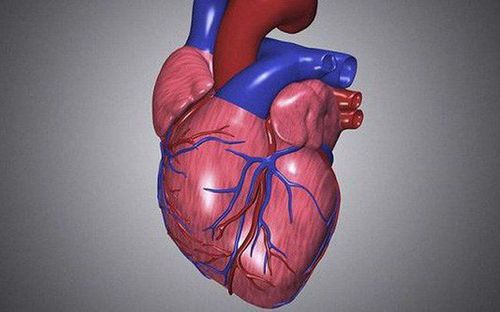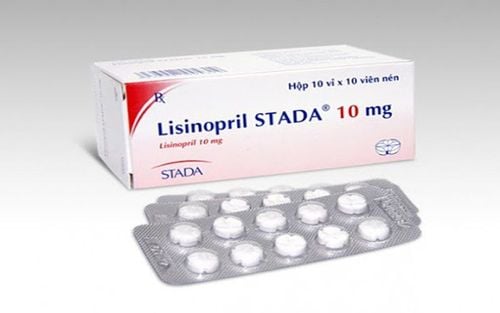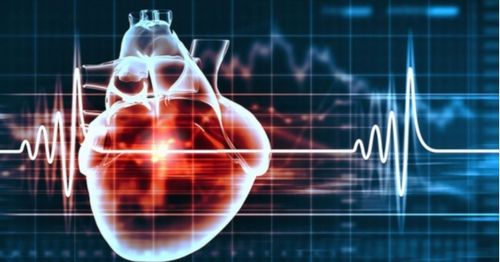This is an automatically translated article.
The article is professionally consulted by Master, Doctor Do Nguyen Thuy Doan Trang - Head of Extracorporeal Circulation Team - Cardiovascular Center - Vinmec Central Park International General Hospital. The doctor is a leading expert in Extracorporeal Circulation in cardiac surgery and cardiac resuscitation, Cardiovascular medical treatment.The diagnosis of myocarditis is often confused with other heart conditions because of the similar symptoms. Therefore, in order to accurately distinguish myocarditis, the patient will be asked to perform a number of necessary tests.
1. Electrocardiogram (ECG)
An electrocardiogram is a measure commonly used by medicine to detect heart diseases such as arrhythmias, myocardial infarction, and heart failure. For myocarditis, the electrocardiogram is also very valuable in diagnosing specifically:Conduction disorders: atrioventricular block I, II, III or bundle branch block. Cardiac Arrhythmia: The rhythm is often rapid even though the patient is fever free; sometimes bradycardia, multiple and multifocal extrasystoles; There are also times when atrial extrasystoles, atrial fibrillation or other arrhythmias occur. Myocardial ischemia: Through imaging, T waves are often flattened or negative. Myocardial infarction: ST segment elevation or depression plays an important role in the diagnosis of myocardial infarction. Myocardial necrosis: changes in QRS amplitude Myocarditis should be suspected in young patients with symptoms of MI but normal coronary angiography.
2. Chest X-ray
Chest X-ray is the most commonly used method in medicine by using radiation to diagnose the condition of the chest, and organs in the chest including the heart. Through chest X-ray film, it is possible to assess the pathological status of myocarditis as follows:The heart is enlarged rapidly and completely There are signs of abnormal obstruction of the pulmonary circulation The level of effectiveness after treatment when the heart shadow becomes back. about normal size or not
3. Echocardiography
The technique uses ultrasound waves to give an accurate picture of when the heart is contracting, thereby evaluating the structures of the heart. Echocardiography to help diagnose myocarditis can obtain echocardiographic results similar to dilated cardiomyopathy:Damaged heart function: Cardiac chambers dilated, regional hypertrophy Possible pericardial effusion Heart or wall blood clots Progressive myocarditis: Increased size and volume of the left ventricle Fulminant myocarditis: Small ventricular chambers and increased wall thickness If echocardiography reveals muscle dyskinesia Heart attack is a sign of a heart attack. In contrast, the absence of focal dyskinesia of the heart wall is the diagnostic criterion for myocarditis.
4. Magnetic resonance imaging (MRI) of the heart
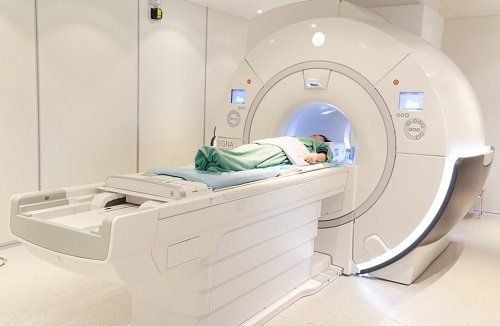
T2W: Intracellular lesions and interstitial edema EGE: Congestion and hiatal hernia LGE: Necrosis and fibrosis Through cardiac MRI, There is a remarkable finding that the inflammatory lesions are mostly located in the lateral wall of the heart and not in the interventricular septum.
5. Coronary angiography
It is an important method to help diagnose coronary artery stenosis or not in terms of the degree and location of the narrowing of each coronary artery branch, the gold standard in clinical application to assess coronary artery injury.6. Blood test
Through the analysis of the patient's blood sample, the results can be considered as criteria for the diagnosis of myocarditis:Eosinophils and neutrophils Increased erythrocyte sedimentation rate, increased CRP, increased ESR Increased antibodies to bacteria or viruses that are the cause of the disease Elevated cardiac enzymes (Tn)
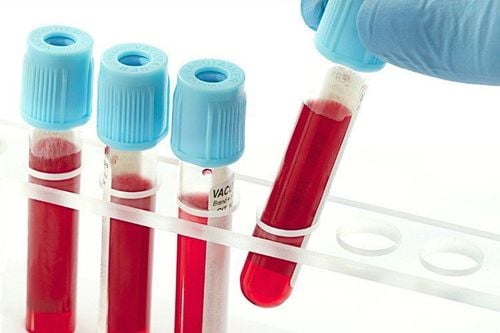
7. Myocardial Biopsy
Surgical biopsy of the heart tissue sample for analysis after the above methods are not enough to comprehensively assess the situation of the pathology. Myocardial biopsy is indicated in cases of fulminant myocarditis, new symptoms of heart failure within 2 weeks of unknown cause, possibly dilated left chamber, and hemodynamic disturbances. Another case was unexplained new-onset heart failure with onset of heart failure symptoms from 2 weeks to 3 months, dilated left chambers, and conduction disturbances.Myocarditis is often very easily confused with other heart diseases, especially myocardial infarction, when making the diagnosis of myocarditis by echocardiography without knowing if there is a focal movement disorder or not. In difficult cases, the doctor is forced to try treatment and monitor the improvement of the clinical condition. Therefore, it is necessary to combine many forms of tests and imaging to make an accurate diagnosis of myocarditis, to avoid misdirection of treatment and to leave the patient at risk.
Please dial HOTLINE for more information or register for an appointment HERE. Download MyVinmec app to make appointments faster and to manage your bookings easily.





